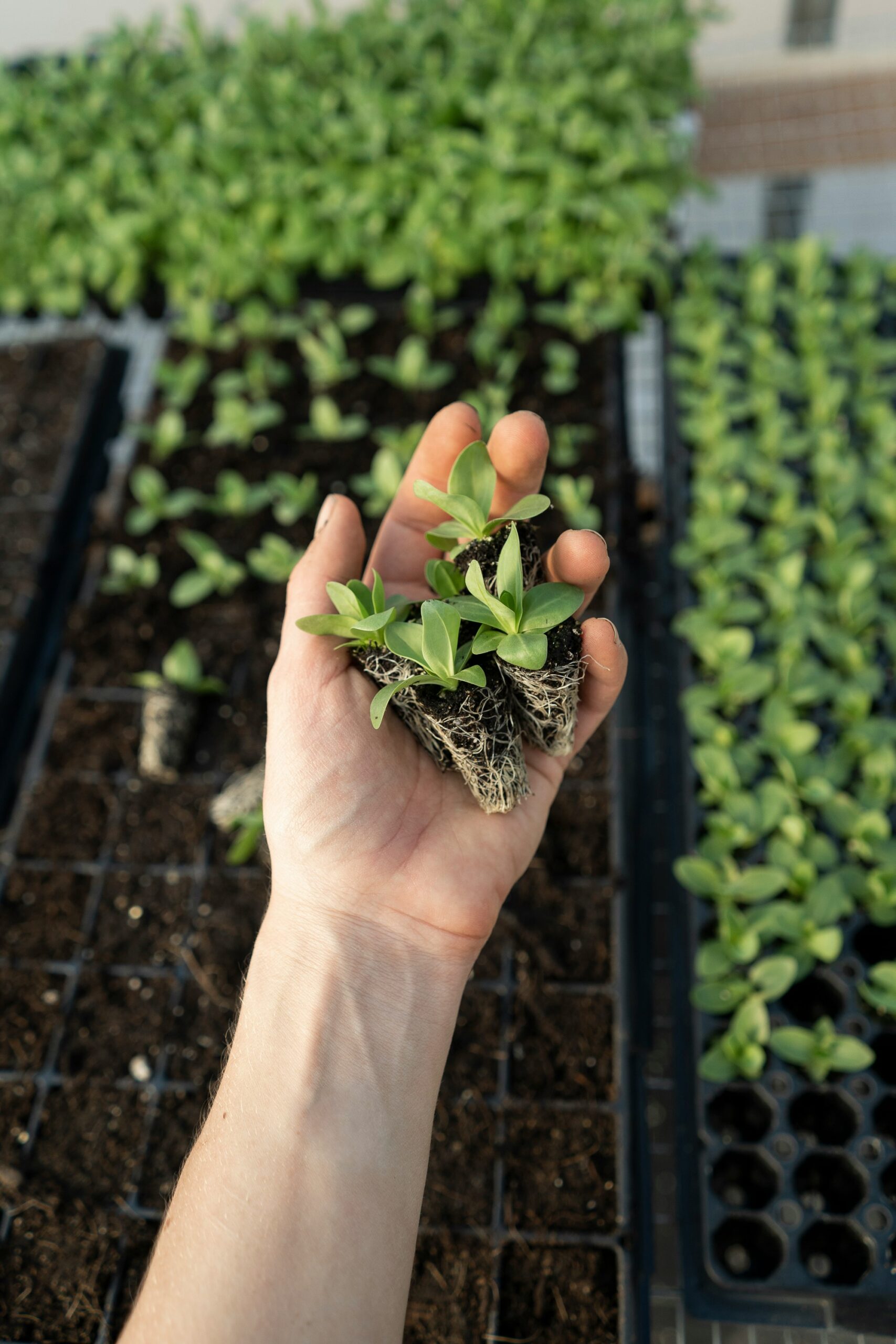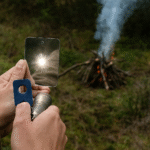
Homesteaders looking to store food over winter will find underground root cellars an effective option. These insulated storage containers take advantage of the cool temperature within the soil as a natural refrigeration unit.
Building a root cellar can be a complex endeavor, so to ensure its success, there are some key considerations you should keep in mind.
Temperature
Root cellars typically involve digging into hillsides; however, some are built by sinking brick or stone into the earth and lining it with brick. A more casual version can take the form of burying boxes, crates or garbage cans in the ground and covering them with straw to act as insulation. In all instances, root cellars take advantage of cool underground temperatures and steady humidity levels to store fresh produce well into winter months; not only veggies but fruits can be stored along with canned and pickled foods, perennial bulbs or rhizomes plus homemade wine or mead.
To construct a root cellar, it is necessary to understand both your frost line (the depth at which soil freezes) and any running water underground. To prevent your root cellar from freezing over, dig at least four to six feet down into the earth and ensure it has sufficient insulation.
Underground soil serves as a natural cooling and insulating system, helping regulate temperatures while maintaining constant humidity levels. Furthermore, earth helps roots retain moisture, so many root cellars feature either packed earth floors or gravel-topped ones to prevent the roots from drying out too quickly. You should ensure your cellar remains as dark as possible to discourage light-triggered sprouting and mold growth.
Ventilation is absolutely crucial when growing vegetables that release ethylene gas and can cause other produce to spoil, so you must allow for an intake vent that draws cool air in and an outtake vent for any stale gases to escape from your cellar. These vents should be installed on opposite sides to maintain an ideal environment where cold air comes in while warm air escapes freely.
Root cellars require sturdy wooden doors with airtight seals that are both airtight and easy to open/close, such as black locust, teak or bald cypress woods, for optimal performance. You will also require water-resistant shelves made from sturdy wood materials; and an accurate thermometer as well as hygrometer (for measuring humidity) as useful tools in monitoring both temperature and humidity of your root cellar environment.
Humidity
Root cellars are often constructed underground due to the earth’s natural insulation capabilities; therefore it makes perfect sense that root cellars should also be built beneath it. Soil temperatures often remain below frost level and remain relatively warm, even in very cold climates. Furthermore, dirt acts as an effective moisture insulator, keeping its contents cool but damp without becoming waterlogged.
Root cellars serve many other food-storage functions in addition to fresh produce preservation. Beverages like wine, cider and beer benefit greatly from being stored in cool and dark conditions; similarly cured meats such as bacon and ham as well as dairy items like milk cream butter can all find refuge there as can fruits berries both canned and dried keep very well as do grains and nuts.
As well as maintaining an ideal temperature for storage containers, root cellars should also include adequate ventilation. Ventilation helps regulate humidity levels while moving ethylene gas released by ripening produce away from storage containers – which could otherwise cause other produce to spoil faster – away from containers for easier management. In turn, it reduces mold and mildew growth to keep air quality consistent within a root cellar environment.
An ideal cellar features intake and outtake vents that enable cold air from outside to enter while warm air escapes through vents placed close to the floor in opposite corners of the root cellar. This keeps the air moving continuously within its confines.
Dug-in root cellars equipped with an anteroom or double doors offer more control over temperature fluctuations in their root cellar, enabling you to fine-tune it for optimal food storage. An anteroom or double doors help to keep temperatures at an appropriate level and prevent over-chilling during extreme weather conditions, and make accessing vegetables much simpler in winter when snowdrifts may prevent stepping outside to get them from their storage location. Alternatively, above ground root cellars can also be created using insulated containers like barrels or packing crates which should be strong enough against freezing and burst walls – or created above ground by making use of barrels or packing crates as storage vessels that provide sufficient insulation without freezing out from below-ground storage solutions.
Ventilation
Root cellars may be located underground, but it must still be ventilated properly to allow airflow. This is particularly essential in multi-room root cellars as walls must be as airtight as possible so cold or warm air can move between rooms freely. Furthermore, an effective ventilation system must expel excess moisture without increasing temperatures as humidity creates the ideal environment for mold growth and attracts pests that need to be eliminated quickly.
Traditional underground root cellars are dug into hillsides or constructed of brick or stone; alternatively, above-ground root cellars may be more cost-effective as they do not involve digging the earth itself. When creating an above-ground root cellar, insulation should be added for added temperature control.
Ventilate a root cellar effectively by installing both intake and outlet vents; one should be placed low so cool air can enter, and another higher to allow it to return into storage space. Depending on its design, installing a fan to force air through may also help.
As with most underground root cellars, it is also wise to equip the root cellar with a humidity gauge or hygrometer so it can be adjusted according to changing humidity levels. Doing this will prevent fresh produce from becoming dry in such an environment and help ensure fresh produce does not shrivel due to low levels of humidity that often characterise root cellar environments.
Humidity is more important than temperature when storing vegetables and fruit in a root cellar, and can be increased by adding water to the soil, using wet cloth, or spreading damp burlap bags over produce. In multi-room root cellars, each area should have individual vents to ensure an adequate supply of cool, moist air is being circulated throughout.
Root cellars used in regions with mild winters should be modified to suit local conditions. For instance, deep underground cellars in Arizona and Florida might not provide enough low temperatures necessary to protect vegetables properly from bacteria infestation, so builders have devised different means to achieve similar results.
Security
Root cellars provide the ideal conditions for storing fruit and vegetables, from those dug into hillside slopes to basement rooms with insulation lining, providing optimal conditions. Since different foods require specific temperatures and humidity levels for storage purposes, root cellars require careful construction to ensure their stability. One common issue arising in underground storage areas are rodent infestations; to help combat these, metal wire mesh as well as regular trapping programs may help keep these pests at bay.
For those without enough room to dig, burying their refrigerator can be an effective alternative. While more maintenance may be required – you will need to keep it wet and open at certain times so the ethylene gas can escape – it may provide a convenient solution in many locations. Just ensure the soil can absorb heat since buried refrigerators tend not to provide as much insulation.
Root cellars can be constructed underground, or made out of an existing cellar in an old dirt floor house or small exterior porch with four footings and bulkhead door. Any cellar located below ground is suitable as a root cellar – location being of primary concern in terms of keeping temperatures cool and stable; an ideal site is typically one situated along a north sloping hill, shaded spot or cellar located below frost line as it acts as an insulator to maintain optimal storage temperatures.
To prevent collapse of their structure when wet, cellar walls must be thick and strong enough. Concrete blocks are an ideal material to use in this regard; wood or stone may also work just as well. However, walls that are too thin will eventually crack and collapse over time.
Root cellar floors should consist of dirt or gravel to allow nature to regulate moisture naturally and increase produce’s shelf life. A sloping floor or drainage system is also beneficial, since any excess moisture should flow away from the cellar rather than accumulate inside. A ventilation hole must also be included so warm air doesn’t cause spoilage during refrigeration periods and hot air escape.





